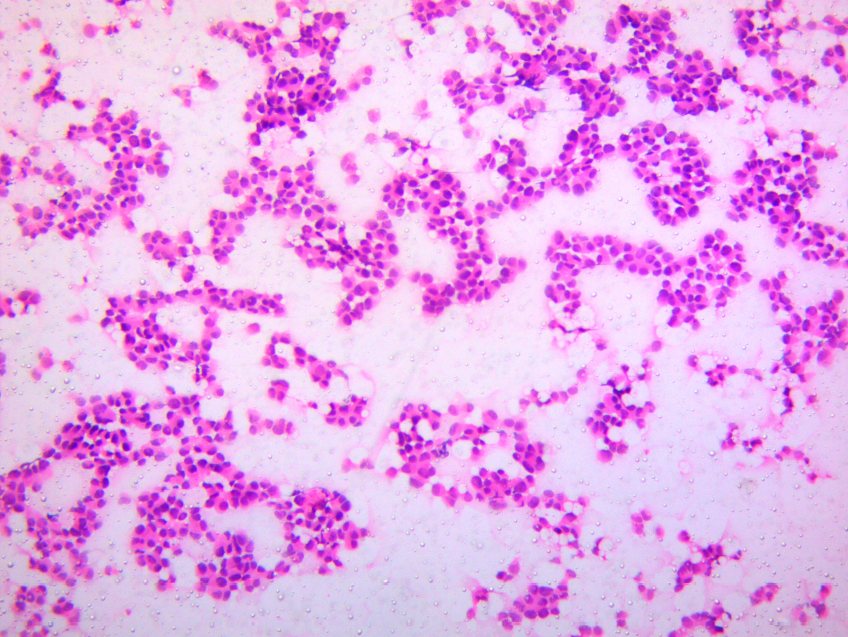Association of the International Academy of Cytology category with the Breast Imaging Reporting and Data System score in relation to the diagnostic accuracy for breast lumps
DOI:
https://doi.org/10.15419/bmrat.v9i10.771Keywords:
Breast lump, breast cancer, BIRADS, IAC categoryAbstract
Background: Breast lumps are the commonest patient presentation in breast clinics. Initial diagnostic approaches, such as mammography and fine needle aspiration cytology (FNAC), help in prompting proper preoperative diagnosis and planning management.
Methods: This retrospective study included all patients who presented with breast lumps and underwent breast imaging (with Breast Imaging Reporting and Data System [BIRADS] scoring) and FNAC (with International Academy of Cytology [IAC] category assessment) in our hospital. The IAC category was compared with the BIRADS score. The FNAC and mammographic findings were compared with available histopathological findings. Data were entered into MS Excel worksheets, and statistical analysis was conducted using SPSS 22.0.
Results: A total of 60 patients were included in the study. The mean patient age was 40.11 years. Of the 60 cases, 35 benign cases and 15 malignant cases were concordant with the diagnosis according to the BIRADS score and IAC category. The association between the BIRADS score and IAC category was significant (p = 0.004). The sensitivity, specificity, positive predictive value (PPV), negative predictive value (NPV), and accuracy of the BIRADS score in diagnosing breast lesions were 85.37%, 78.95%, 89.74%, 71.43%, and 83.33%, respectively, compared with those of the IAC category. The sensitivity, specificity, PPV, NPV, and accuracy of the IAC category were 82.35%, 92.31%, 93.33%, 80.0%, and 86.67%, respectively, compared with those of the available histopathological findings. The sensitivity, specificity, PPV, NPV, and accuracy of the BIRADS score were 76.92%, 76.47%, 71.43%, 81.25%, and 76.67%, respectively, compared with those of the available histopathological findings.
Conclusion: FNAC with IAC category assessment and mammography with BIRADS scoring can be used as first-line diagnostic tests for breast lumps. However, FNAC is more sensitive in diagnosing breast lumps than mammography.

Published
Issue
Section
License
Copyright The Author(s) 2017. This article is published with open access by BioMedPress. This article is distributed under the terms of the Creative Commons Attribution License (CC-BY 4.0) which permits any use, distribution, and reproduction in any medium, provided the original author(s) and the source are credited.
